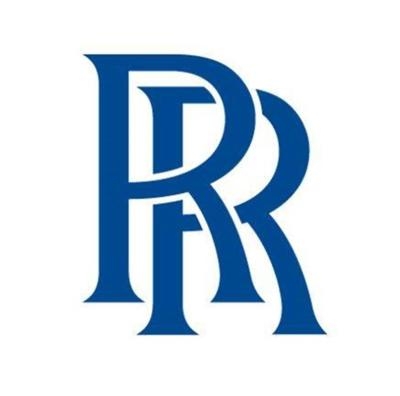Fri, Jul 16, 2021
AD 2021-14-03 Prompted By Reports Of HPT Stage 1 Blades Failing In Service
The FAA is adopting a new airworthiness directive (AD) for certain Rolls-Royce Deutschland Ltd. & Co KG (RRD) BR700-715A1-30, BR700-715B1-30, and BR700-715C1-30 model turbofan engines.

This AD was prompted by reports of HPT stage 1 blades failing in service due to sulphidation and subsequent crack initiation. This AD requires removal and replacement of the HPT stage 1 blade and HPT stage 1 blade damper. The FAA is issuing this AD to address the unsafe condition on these products. This AD is effective August 19, 2021.
Supplementary Information: The FAA issued a notice of proposed rulemaking (NPRM) to amend 14 CFR part 39 by adding an AD that would apply to certain RRD BR700-715A1-30, BR700-715B1-30, and BR700-715C1-30 model turbofan engines. The NPRM published in the Federal Register on November 13, 2020 (85 FR 72608). The NPRM was prompted by reports of HPT stage 1 blades failing in service due to sulphidation and subsequent crack initiation, due to contamination of the blade shank passing by the blade damper. In the NPRM, the FAA proposed to require removal and replacement of the HPT stage 1 blade and HPT stage 1 blade damper. The FAA is issuing this AD to address the unsafe condition on these products.
The European Aviation Safety Agency (EASA), which is the Technical Agent for the Member States of the European Community, has issued EASA AD 2018-0194, dated September 4, 2018 (referred to after this as “the MCAI”), to address the unsafe condition on these products.
The MCAI states:
- Occurrences have been reported on RRD BR700-715 engines where certain HP turbine stage 1 blades failed in service. Investigation of these events showed that these were caused by sulphidation and subsequent crack initiation, due to contamination of the blade shank passing by the blade damper.
- This condition, if not corrected, could lead to further HP turbine stage 1 blade failures, possibly resulting in engine in-flight shut-down and consequent reduced control of the aeroplane. To address this potential unsafe condition, RRD published the NMSB to provide instructions to replace the affected assembly.
- For the reasons described above, this [EASA] AD requires determination of the engine configuration and, depending on findings, removal of the engine from service to replace the affected assembly.
You may obtain further information by examining the MCAI in the AD docket at https://www.regulations.gov by searching for and locating Docket No. FAA-2020-1025.
More News
Aero Linx: Transport Canada We are a federal institution, leading the Transport Canada portfolio and working with our partners. Transport Canada is responsible for transportation p>[...]
Gross Navigation Error (GNE) A lateral deviation from a cleared track, normally in excess of 25 Nautical Miles (NM). More stringent standards (for example, 10NM in some parts of th>[...]
From AirVenture 2017 (YouTube Edition): Flight-Proven Booster On Display At AirVenture… EAA AirVenture Oshkosh is known primarily as a celebration of experimental and amateu>[...]
Aircraft Parachute System (CAPS) Was Deployed About 293 Ft Above Ground Level, Which Was Too Low To Allow For Full Deployment Of The Parachute System Analysis: The day before the a>[...]
Also: 48th Annual Air Race Classic, Hot Air Balloon Fire, FAA v Banning 100LL, Complete Remote Pilot The news Piper PA-18 Super Cub owners have been waiting for has finally arrived>[...]
 ANN's Daily Aero-Linx (06.29.25)
ANN's Daily Aero-Linx (06.29.25) ANN's Daily Aero-Term (06.29.25): Gross Navigation Error (GNE)
ANN's Daily Aero-Term (06.29.25): Gross Navigation Error (GNE) Classic Aero-TV: Anticipating Futurespace - Blue Origin Visits Airventure 2017
Classic Aero-TV: Anticipating Futurespace - Blue Origin Visits Airventure 2017 NTSB Final Report: Cirrus SR22
NTSB Final Report: Cirrus SR22 Airborne Affordable Flyers 06.26.25: PA18 Upgrades, Delta Force, Rhinebeck
Airborne Affordable Flyers 06.26.25: PA18 Upgrades, Delta Force, Rhinebeck



